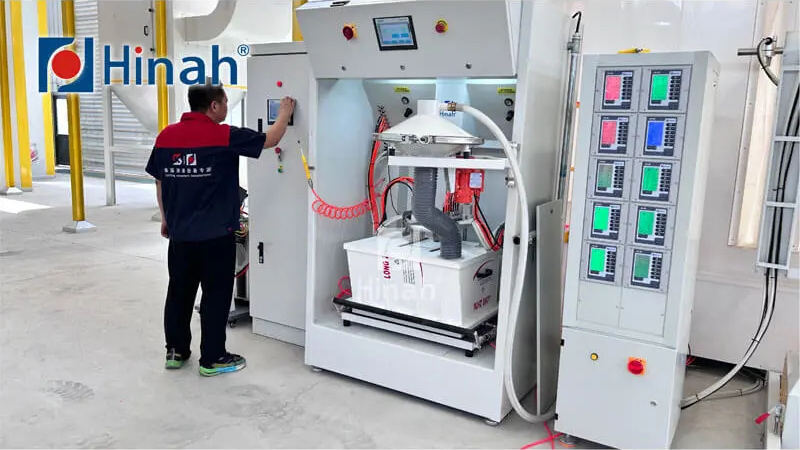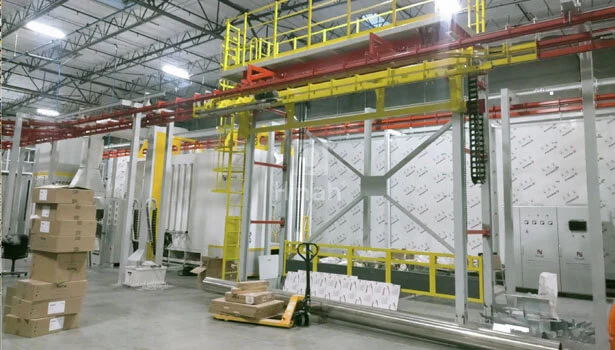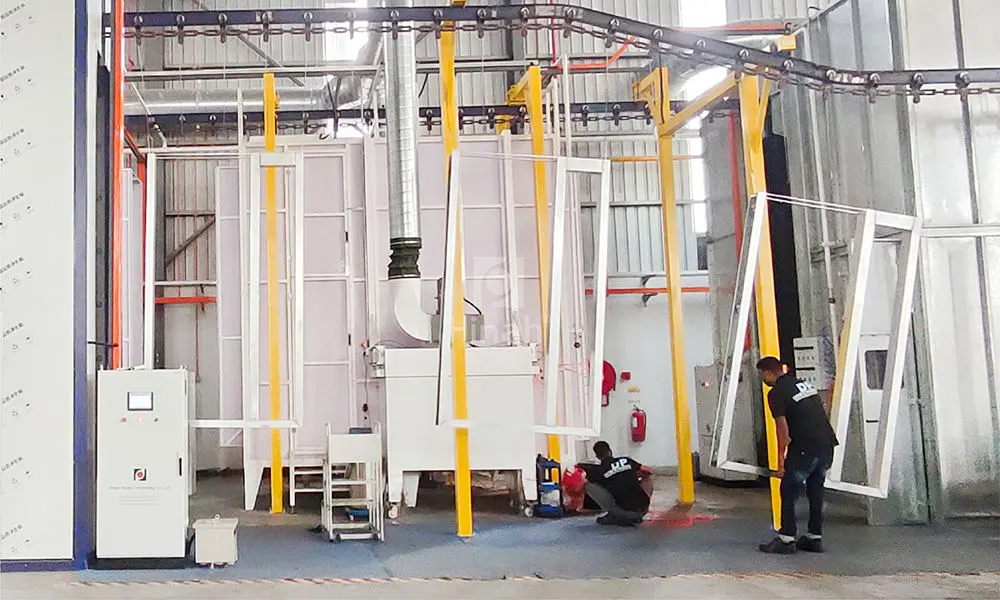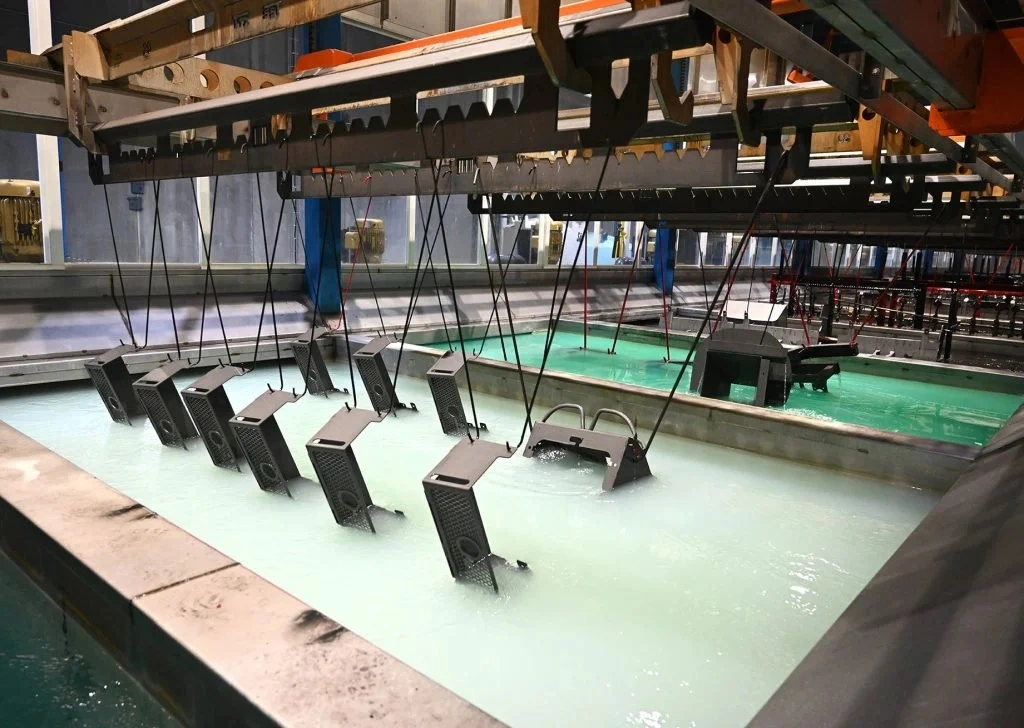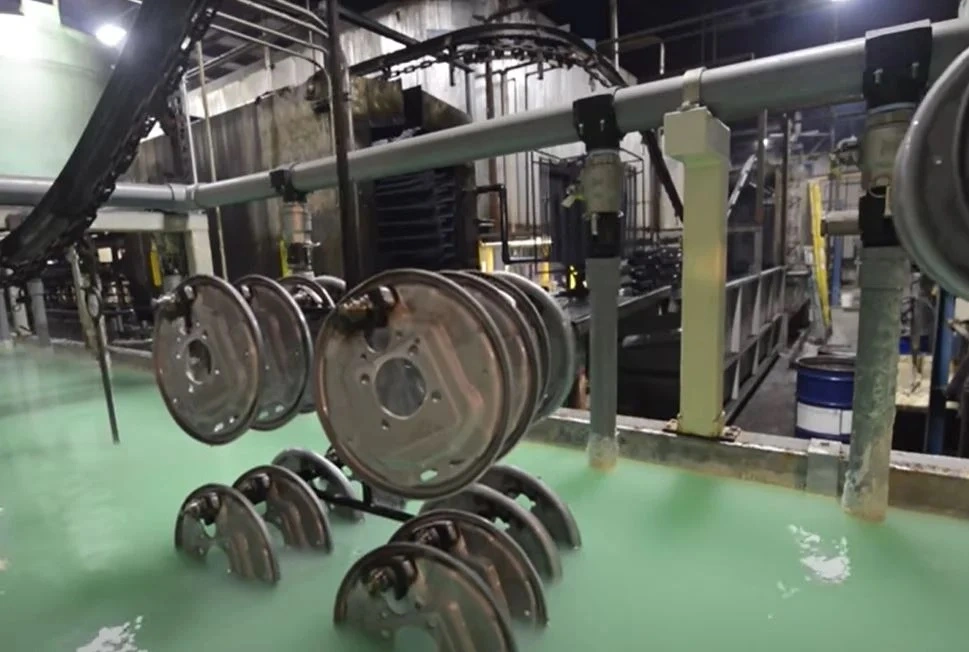In the world of industrial manufacturing, achieving a flawless, durable, and consistent finish on products is paramount. This is where the sophistication of a conveyor paint line comes into play. More than just a simple track, a fully integrated conveyor painting system is the backbone of high-volume finishing operations, found everywhere from automotive plants to appliance manufacturers. This article delves into the intricacies of these systems, exploring their components, how they function, and the common challenges faced in their operation.
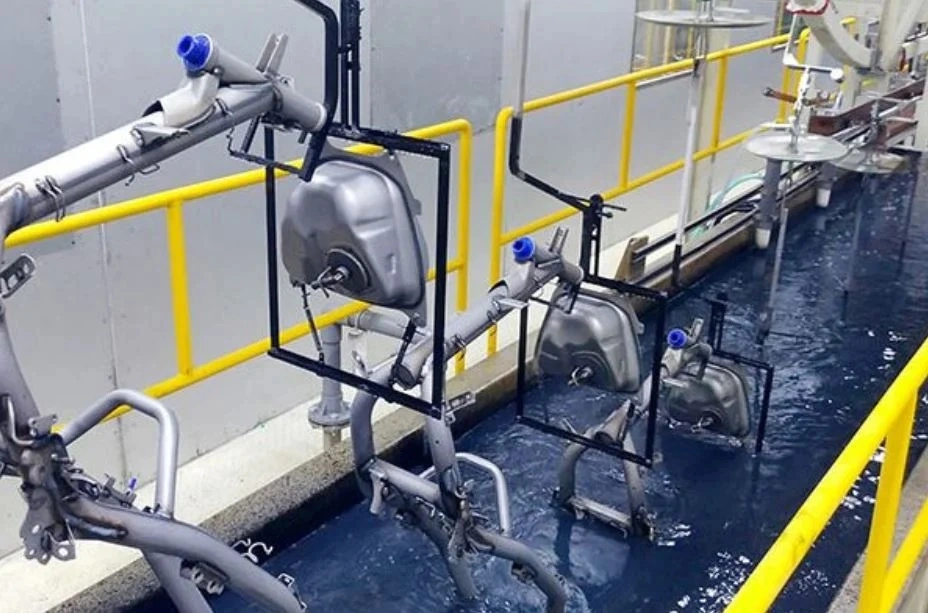
What is a Conveyor Painting System?
At its core, a conveyor paint line is a mechanized system designed to transport products through various stages of the finishing process. This includes pre-treatment, drying, priming, painting, and curing. The primary goal is to automate the painting process, ensuring uniformity, maximizing throughput, and minimizing human error and labor costs.
A typical painting line conveyor system is a symphony of coordinated parts. Products are suspended from an overhead conveyor painting system or placed on a conveyor belt painting setup, depending on their size and shape. The system moves them at a controlled, consistent speed through a series of enclosed booths and ovens, each designed for a specific task in the finishing sequence. The integration of a spray painting conveyor mechanism ensures that each item receives an even coat of paint, whether applied by automated guns or by skilled operators in designated areas.
Key Components of a Paint Line Conveyor System
Understanding a conveyor paint line requires a breakdown of its essential components. Each part plays a critical role in the seamless operation of the entire conveyor painting system.
The Conveyor Chain: The Workhorse of the Line
The paint line conveyor chains are the literal driving force of the operation. These are heavy-duty, engineered chains designed to withstand harsh environments, including exposure to chemicals, moisture, heat from curing ovens, and the constant weight of the products.
These chains are typically made from hardened steel and are often coated or treated to resist corrosion. The choice of chain is crucial; it must be robust enough to handle the load but precise enough to maintain a smooth, jitter-free movement to ensure consistent paint application. Wear and tear on these chains is a primary concern, which we will discuss in the common problems section.
Hooks and Hangers: The Critical Link
Paint line conveyor hooks are the interface between the product and the conveyor chain. They are responsible for securely holding parts as they journey through the line. The design of these hooks is far from simple; it must consider the product's weight, shape, and center of gravity to prevent swinging or dropping.
Furthermore, hook design impacts finish quality. Hooks must minimize contact points to reduce uncoated areas (a phenomenon known as "hook marks") while ensuring the product is stable. They are also subject to a build-up of paint over time, which must be regularly stripped away to maintain electrical grounding for electrostatic painting processes and to prevent debris from falling onto fresh paint.
The Spray Booths and Application Technology
The heart of the painting process is the spray booth. In an automated conveyor painting system, this is where spray painting conveyor technology takes over. Products move through an enclosed booth where automated spray guns, programmed for precise movement and paint flow, apply the coating.
These booths are equipped with sophisticated filtration systems to remove overspray from the air, maintaining a clean environment for a quality finish and protecting the health of any operators. The efficiency of the air replacement and filtration is key to avoiding contaminants settling on wet paint.
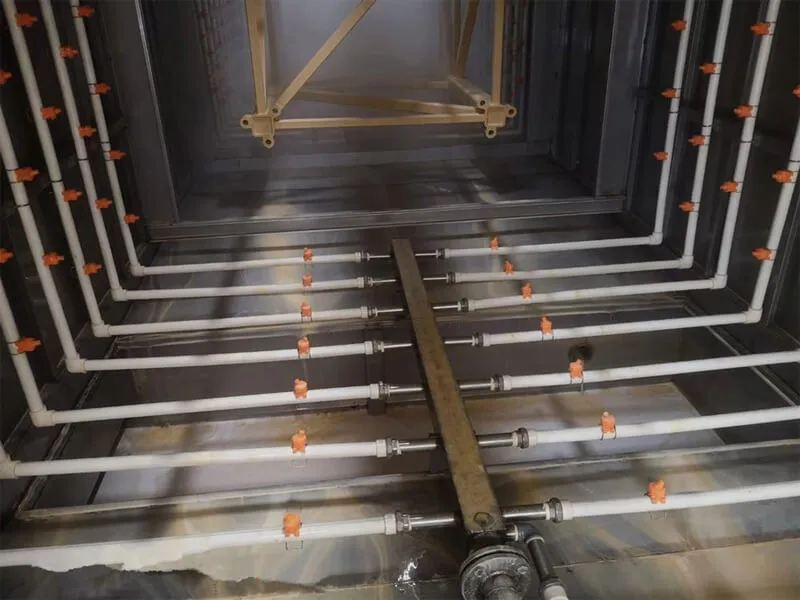
Curing Ovens and Drying Zones
After application, the paint must be cured. The conveyor smoothly transitions the products into a curing oven. These ovens use convection, infrared, or a combination of heat technologies to bake the paint, cross-linking its polymers to create a hard, durable finish. The consistent speed of the conveyor painting system ensures every product spends the exact required amount of time in the oven, which is critical for achieving the specified cure and preventing defects.
Common Problems in Conveyor Paint Line Operations
Even the most well-designed conveyor paint line can encounter issues. Recognizing and proactively addressing these common problems is key to maintaining efficiency and quality.
1. Conveyor Chain Wear and Maintenance Neglect
The paint line conveyor chains operate under constant stress. A common and serious problem is the failure to perform regular maintenance. Chains can stretch, wear, and corrode over time. A stretched chain can lead to an uneven movement, causing variations in paint film thickness as products move past the spray guns at slightly different speeds. In extreme cases, a broken chain can bring the entire production line to a halt, resulting in significant downtime and lost revenue.
Solution: Implement a strict preventive maintenance schedule. This includes regular lubrication with appropriate products, inspection for wear and elongation, and timely replacement of worn-out sections or entire chains.
2. Hook Paint Build-Up and Grounding Issues
As mentioned, paint line conveyor hooks accumulate coating over multiple cycles. This build-up is more than just a cleanliness issue. In electrostatic painting processes, the hook must provide a solid electrical ground to the part. A layer of non-conductive paint insulates the part, preventing the electrostatic charge from effectively attracting the paint to the product. This results in poor transfer efficiency (more wasted paint) and an uneven finish.
Solution: Establish a regular hook stripping and cleaning program. Many facilities use high-temperature burn-off ovens or chemical stripping tanks to clean hooks on a rotating basis, ensuring a constant supply of clean, properly grounded hooks.
3. Contamination and Finish Defects
One of the most frequent quality issues is contamination in the finish, such as dirt, dust, or overspray particles. This can originate from multiple sources: dirty hooks shedding debris, inadequate booth filtration, contaminated compressed air supplying the spray guns, or a dirty factory environment.
Solution: Maintain rigorous cleanliness standards. This involves:
Regular cleaning of booths and floors.
Using high-quality air dryers and filters for the compressed air supply.
Ensuring booth filters are changed according to a schedule, not just when they look dirty.
Managing the factory environment to minimize air-borne dust entering the paint line.
4. Inconsistent Speed and Line Stops
The precision of a conveyor painting system relies on a constant, unwavering speed. Any fluctuation, however slight, or an unexpected line stop can wreak havoc on quality. If the conveyor hesitates while a product is in the spray zone, it will receive too much paint, leading to runs and sags. If it stops in a curing oven, the product can be overheated and damaged.
Solution: Invest in a high-quality variable frequency drive (VFD) for the conveyor motor to ensure smooth acceleration and deceleration. Implement comprehensive operator training to minimize unnecessary stops. For critical applications, consider systems with "oven bypass" functions for emergencies.
5. Inefficient Spray Gun Operation
Whether automated or manual, the spray guns are central to the process. Problems include worn nozzles, incorrect air/pressure settings, and poor gun alignment on automated setups. This leads to orange peel texture, dry spray, uneven coverage, and excessive paint waste.
Solution: Conduct daily checks on spray gun performance. Calibrate automated guns regularly to ensure they are following the correct path and timing. Train manual sprayers on proper technique and provide them with well-maintained equipment.
A modern conveyor paint line is a complex but invaluable asset. It is not merely a conveyor belt painting track but an integrated conveyor painting system comprising robust paint line conveyor chains, smartly designed paint line conveyor hooks, and precise spray painting conveyor technology. The synergy between these components is what drives productivity and quality.
By understanding the function of each part and being vigilant about the common problems that can arise—from chain wear to contamination—manufacturers can optimize their painting line conveyor operations. A proactive approach to maintenance, cleanliness, and process control is the surest way to ensure the line continues to produce perfect finishes, batch after batch, maximizing return on investment and solidifying a reputation for quality.


